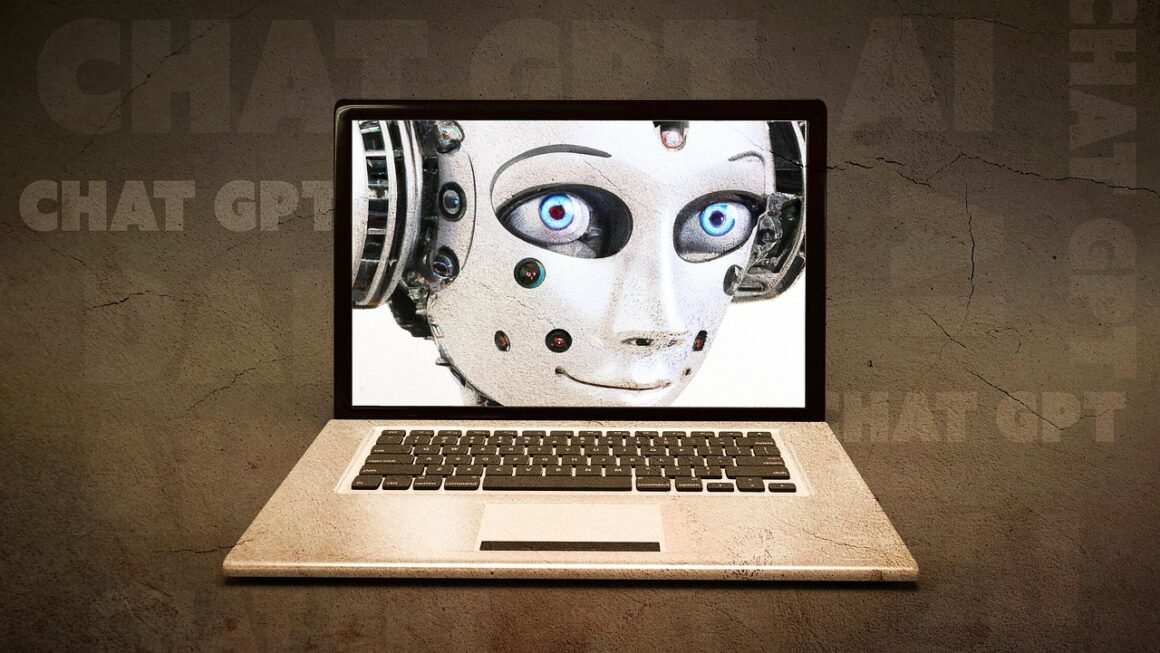Robotics, once relegated to the realm of science fiction, is now an integral part of our daily lives. From automated manufacturing processes to sophisticated surgical assistants, robots are transforming industries and redefining what’s possible. This comprehensive guide will delve into the world of robotics, exploring its various facets, applications, and the exciting future it holds.
What is Robotics?
Defining Robotics
Robotics is an interdisciplinary field that combines engineering, computer science, and other sciences to design, construct, operate, and apply robots. It’s not just about building machines; it’s about creating intelligent systems that can perform tasks autonomously or with minimal human intervention. A robot is essentially a programmable machine capable of carrying out a complex series of actions automatically.
Key Components of a Robot
To understand robotics, it’s crucial to understand the building blocks that make up a robot. These include:
- Sensors: These act as the robot’s “eyes” and “ears,” providing information about its environment. Examples include cameras, LiDAR, ultrasonic sensors, and tactile sensors.
- Actuators: These are the motors and other components that allow the robot to move and interact with its surroundings. Types include electric motors, hydraulic actuators, and pneumatic actuators.
- Controllers: These are the brains of the robot, processing sensor data and controlling the actuators. They rely on sophisticated algorithms and software.
- Power Source: Robots need a power source to operate. This can range from batteries to external power supplies.
Types of Robots
Robots come in various shapes and sizes, each designed for specific tasks. Some common types include:
- Industrial Robots: Used in manufacturing for tasks like welding, painting, and assembly. Example: Articulated robots.
- Service Robots: Designed to assist humans in various tasks, such as cleaning, delivery, and security. Example: Vacuum cleaning robots, delivery drones.
- Medical Robots: Used in surgery, rehabilitation, and drug dispensing. Example: Da Vinci Surgical System.
- Military Robots: Employed in reconnaissance, bomb disposal, and combat support. Example: Unmanned aerial vehicles (UAVs).
- Exploration Robots: Designed to explore harsh environments like space and the deep sea. Example: Mars rovers.
Applications of Robotics
Robotics in Manufacturing
Manufacturing has been at the forefront of robotics adoption. Robots offer numerous benefits in this sector:
- Increased Efficiency: Robots can work continuously without fatigue, leading to higher production rates.
- Improved Accuracy: Robots can perform tasks with greater precision and consistency than humans.
- Reduced Costs: While the initial investment can be high, robots can lower labor costs and reduce material waste over time.
- Enhanced Safety: Robots can handle dangerous tasks, protecting human workers from harm.
- Example: Automotive assembly lines rely heavily on robotic arms for welding, painting, and component assembly. Companies like FANUC and ABB provide these robotic solutions.
Robotics in Healthcare
Robotics is revolutionizing the healthcare industry, offering new possibilities for diagnosis, treatment, and patient care:
- Surgical Robots: Allow surgeons to perform complex procedures with greater precision and minimal invasiveness.
Example: The Da Vinci Surgical System enables surgeons to perform minimally invasive surgeries with enhanced dexterity and visualization.
- Rehabilitation Robots: Assist patients in recovering from injuries and illnesses.
Example: Robotic exoskeletons help patients with spinal cord injuries regain mobility.
- Pharmacy Automation: Automates the dispensing of medications, reducing errors and improving efficiency.
Example: Automated dispensing systems in hospitals ensure accurate medication dosages and delivery schedules.
Robotics in Logistics and Transportation
Robotics is transforming the way goods are moved and delivered:
- Automated Guided Vehicles (AGVs): Used in warehouses and factories to transport materials.
Example: AGVs in Amazon warehouses autonomously move shelves of products to picking stations.
- Delivery Drones: Offer a fast and efficient way to deliver packages, especially in urban areas.
Example: Companies like Amazon and Wing are testing drone delivery services for small packages.
- Self-Driving Vehicles: Promise to revolutionize transportation, making it safer and more efficient.
Example: Companies like Tesla, Waymo, and Cruise are developing self-driving cars and trucks.
Robotics in Agriculture
Robotics is increasing efficiency and sustainability in farming practices:
- Automated Harvesting: Robots can harvest crops more efficiently and accurately than humans.
Example: Strawberry-picking robots can identify and pick ripe strawberries without damaging the plants.
- Precision Farming: Robots can monitor crop health, apply fertilizers, and control pests with greater precision.
Example: Drones equipped with sensors can map fields and identify areas that need attention.
- Automated Weeding: Robots can remove weeds without the use of herbicides, reducing environmental impact.
The Future of Robotics
Artificial Intelligence and Robotics
The integration of artificial intelligence (AI) with robotics is driving significant advancements. AI enables robots to:
- Learn from experience: Robots can improve their performance over time by analyzing data and adapting to new situations.
- Make decisions autonomously: Robots can make decisions without human intervention, based on their programming and sensor data.
- Understand natural language: Robots can communicate with humans using natural language, making them easier to interact with.
- Example: AI-powered robots can be used for customer service, providing personalized support and assistance.
Ethical Considerations in Robotics
As robots become more integrated into our lives, it’s important to consider the ethical implications:
- Job Displacement: The automation of tasks by robots could lead to job losses in certain industries.
- Bias and Discrimination: AI algorithms used in robots can perpetuate biases present in the data they are trained on.
- Privacy Concerns: Robots equipped with cameras and sensors can collect data that could be used to violate privacy.
- Autonomous Weapons: The development of autonomous weapons raises concerns about accountability and the potential for unintended consequences.
The Role of Robotics in Space Exploration
Robotics is crucial for exploring space, enabling us to:
- Explore harsh environments: Robots can explore environments that are too dangerous or inaccessible for humans.
- Conduct scientific research: Robots can collect data, analyze samples, and perform experiments in space.
- Build and maintain infrastructure: Robots can be used to build and maintain space stations and other infrastructure.
- Example: NASA’s Perseverance rover is exploring Mars, searching for signs of past life and collecting samples for future return to Earth.
Getting Started with Robotics
Educational Resources for Robotics
For those interested in learning about robotics, there are numerous educational resources available:
- Online Courses: Platforms like Coursera, edX, and Udacity offer courses on robotics, AI, and related topics.
- Universities and Colleges: Many universities and colleges offer degree programs in robotics engineering, computer science, and related fields.
- Robotics Kits: Robotics kits like Arduino and Raspberry Pi provide a hands-on way to learn about robotics.
- Books and Articles: There are many books and articles available that cover the fundamentals of robotics and its applications.
Practical Projects to Start With
To gain practical experience in robotics, consider working on these projects:
- Line Following Robot: Build a robot that can follow a line using sensors and a microcontroller.
- Obstacle Avoiding Robot: Design a robot that can navigate around obstacles using ultrasonic sensors or other sensors.
- Voice Controlled Robot: Create a robot that can be controlled using voice commands.
- Robotic Arm: Build a simple robotic arm that can pick up and move objects.
Conclusion
Robotics is a rapidly evolving field with the potential to transform virtually every aspect of our lives. From manufacturing and healthcare to logistics and space exploration, robots are already making a significant impact. As technology continues to advance, we can expect to see even more innovative and sophisticated applications of robotics in the future. Embracing robotics education and exploration is crucial for individuals and organizations looking to stay ahead in this dynamic and transformative landscape.



